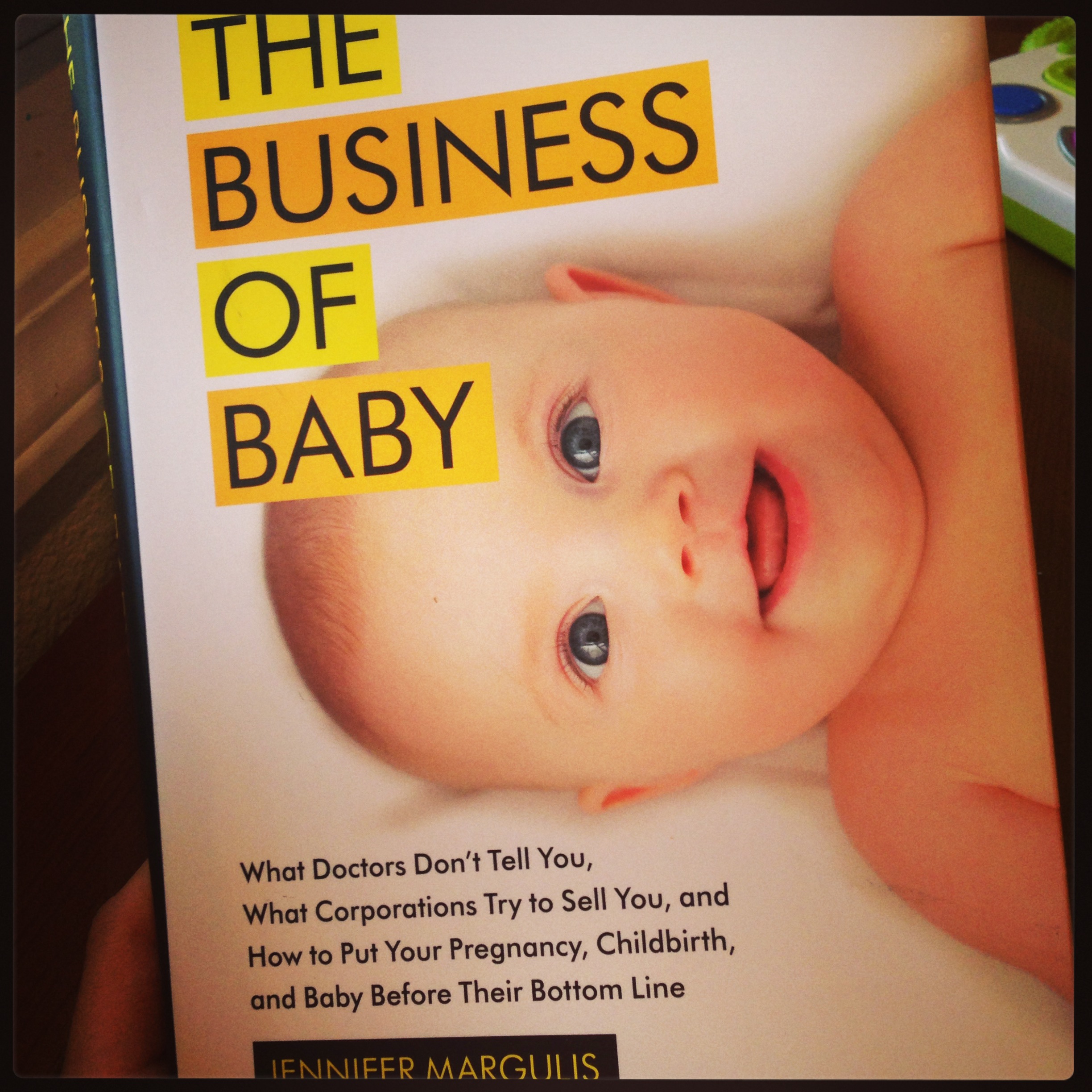 Every Thursday, I will republish my best articles from Technorati.com. Since Technorati redesigned its website and is under new managements, tens of thousands of articles that were previously published on the site are no longer available. I have been given explicit permission to republish my work on my own website.
Every Thursday, I will republish my best articles from Technorati.com. Since Technorati redesigned its website and is under new managements, tens of thousands of articles that were previously published on the site are no longer available. I have been given explicit permission to republish my work on my own website.
Last Friday, the White House announced that there will be no wider exemption for religious groups regarding the Affordable Care Act, which requires that “preventative care” be fully covered, with no co-pay, under new insurance plans, and the Department of Health and Human Services accepted recommendations that put all forms of contraception in that category. Beginning August 2012, new insurance plans must fully cover women's preventive care, which now will include yearly wellness visits, breastfeeding counseling and equipment, and screening for gestational diabetes, domestic abuse, HPV, sexually transmitted infections (STIs), and HIV, in addition to the birth control and sterilization. This latest announcement grants only a one-year waiver they can apply for while figuring out how to comply with the law. Naturally, the U.S Conference of Catholic Bishops is against the new regulation, particularly the clause on birth control, as it conflicts with Catholic tenets.
As Reverend Peter Laird presents in his counterpoint, “The position of the Catholic Church on artificial birth control is well-known, though not always well-understood. Our teaching is founded in a conviction that every human act is meant to witness to the truth about God and man…The church does not consider birth control a right of health care, much less a good for human flourishing, because pregnancy is not a disease.
The new regulation does come with a “conscience” clause, an exemption that applies to non-profit employers that have the “inculcation of religious values as its purpose, that primarily employ fellow believers, and that primarily serve people who share its religious tenets.” This defined exemption would not include Catholic hospitals and probably won’t include Catholic Charities and Catholic institutions of higher learning. Thus, the new regulation has not been well-received by the Catholic community.
However, research from the Guttmacher Institute shows that 98 percent of Catholic women have used contraceptive methods banned by the church, compared with 99 percent of American women who have used these same methods at one point in time. The statistics aren’t much different. It’s fine that Catholic doctrine is against birth control, but with so many Catholic women violating this part of the doctrine, the church really ought to expend its energy on reaching out to its members instead of retaliating against the federal government. The study does not specify how many of these women are aware that using birth control is against church doctrine, so it’s impossible to determine how many are using birth control in spite of church doctrine, or because they don’t know that it’s against church teachings. It’s also possible that Catholic women are choosing to violate this part of the doctrine in order to avoid an unwanted pregnancy, and the confronting the choice of violating the church’s stance on abortion.
I don’t fault the church and other Catholic organizations for not supporting the federal regulation, but I don’t’ see how it jeopardizes the overall mission of these organizations, or the essence of being Catholic. I’m sure being Catholic is much more than avoiding birth control, like being a person for others and living simply. Plus, the new federal regulation says that all health plans much cover sterilization and contraception. That doesn’t mean that a woman will, or must, access that free contraception. As Laird says,
“Absent sufficient regard for rights of conscience, the birth control mandate will force all men and women -- and all employers -- to carry health "benefits" that violate the sincerely held religious convictions of many.”
I don’t deny that these benefits violate the religious convictions of many, but doesn’t it only count if those who believe such participate in this violation? Does mere availability automatically equal a violation all its own, even if no one took advantage of this availability? This regulation presents an opportunity for the church and Catholic employers to make its community aware that the use of sterilization and contraception is against church teaching. Of course, another option is to revoke health insurance for all employees, but no one needs to be that drastic here. If anything, the regulation allows for the accommodation of non-Catholics at Catholic employers while encouraging Catholics to follow church teachings. As Laird puts it:
“Organizations such as Catholic universities and hospitals, social-services agencies and Catholic Charities, because they serve people without regard to religious affiliation, would be forced to provide contraceptive and sterilization services. In other words, we would have to stop being Catholic if we wanted to serve all men and women, as Jesus did. It would also require Catholic organizations to employ only Catholics, which may be at variance with both federal and state discrimination laws.”
After all, Catholic employers cannot legally exclude non-Catholics from its workforce, and Catholic Charities certainly wouldn’t exclude non-Catholics from its services. Therefore, there’s no imposition or forced adoption of Catholic teaching. Also, the regulation only stipulates the provision of them in health care plans, not necessarily by the institutions themselves. This means a Catholic hospital or clinic can refrain from carrying birth control and providing sterilization services to the people they serve. This would also mean that any non-Catholic that works in these places, that wishes to use birth control, would have the choice to do so. This regulation doesn’t infringe on the Catholic identity of institutions in anyway.
Why must this issue of birth control be treated as such a black and white issue? This issue of sterilization and contraception seems like an opportunity for religious education and tolerance instead of the religious intolerance that it’s perceived to be. Overall, this federal regulation doesn’t say that Catholic teaching is wrong, or that Catholic institutions cannot be Catholic institutions. It doesn’t stipulate that birth control must be offered to all who walk through those doors. It just needs to be part of the health care plan. Good Catholics can still be good Catholics by not using that part of the plan. Non-Catholics can still have this choice available to them if they wish. Just because the choice is there to choose birth control doesn’t mean that one must, should, or will choose birth control.






